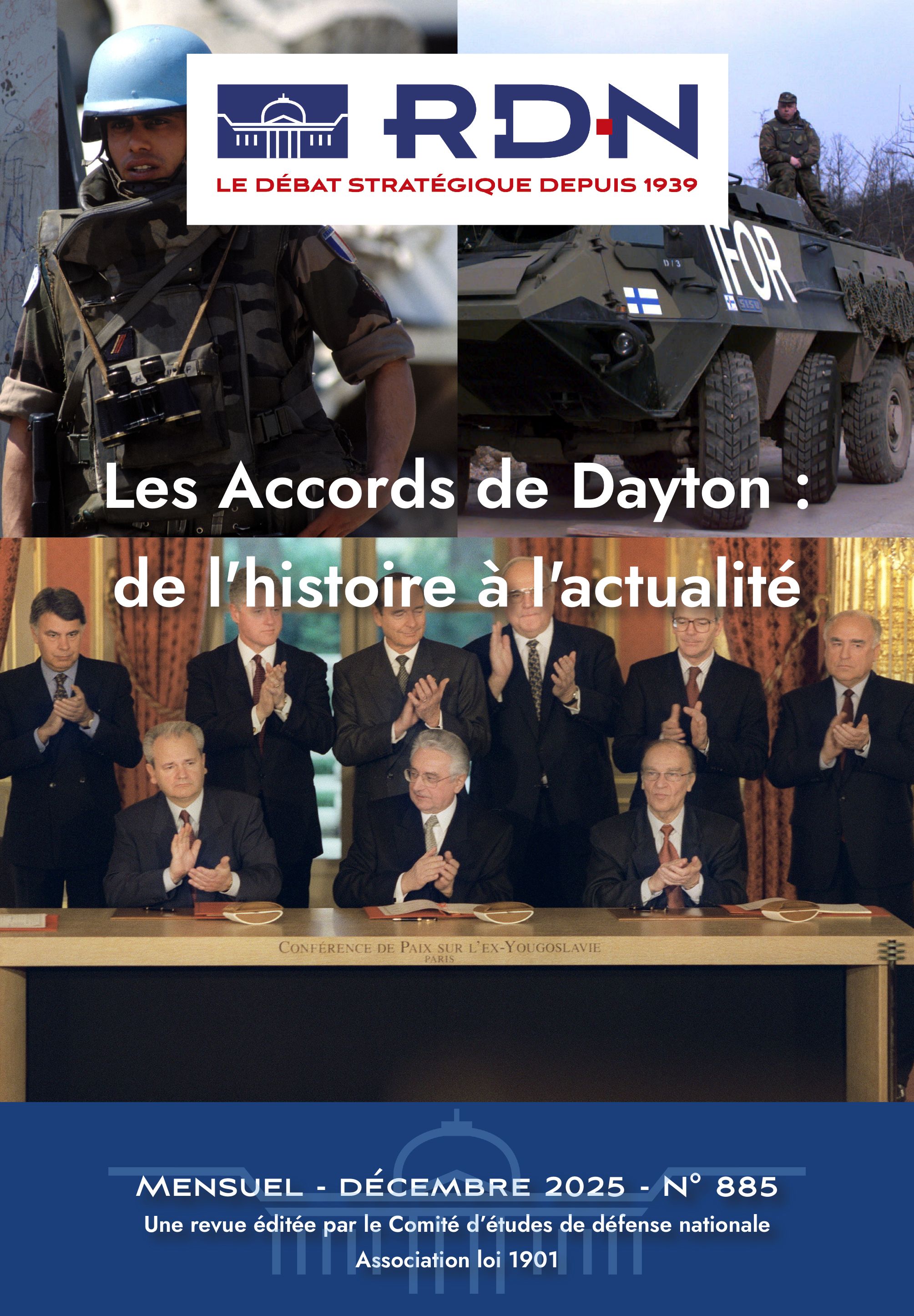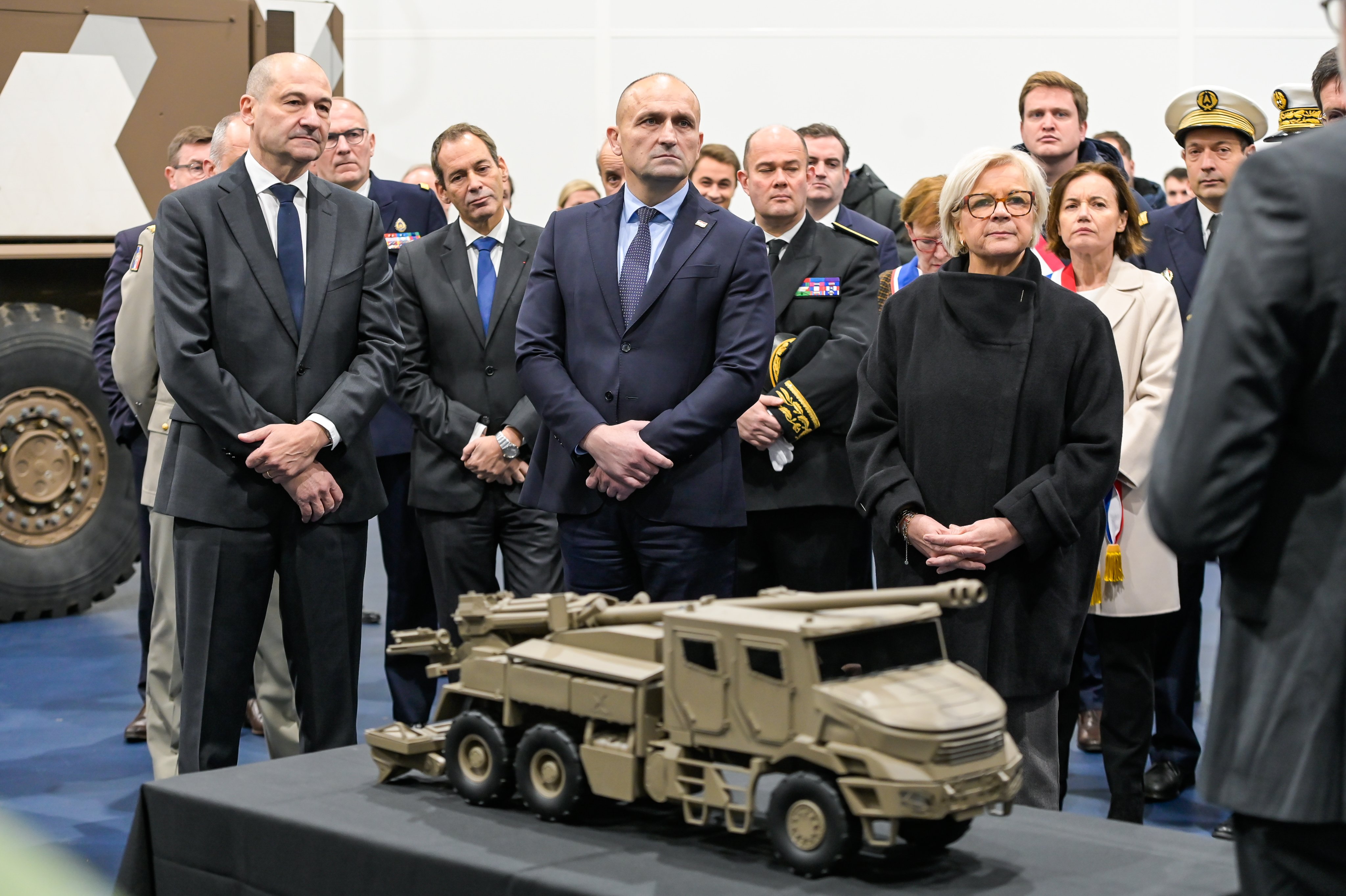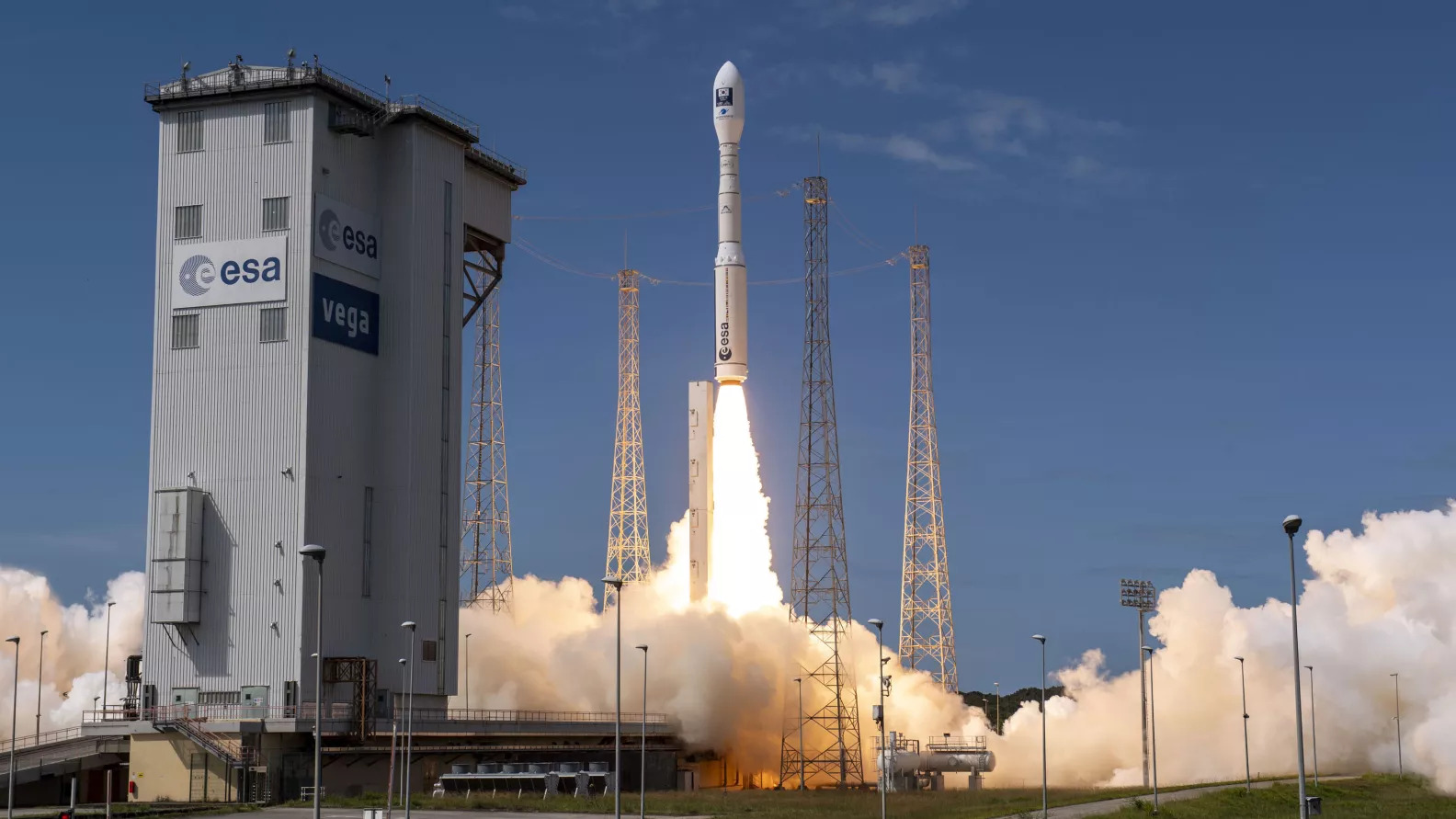In responding to the challenge of maintaining national security, the French state can rely upon the fundamental capabilities of its Air Force. The very special capabilities of this Force contribute effectively and appropriately to that national security.
The Air Force and National Security
The legitimacy of the state depends, amongst other things, on its ability to ensure the security of our fellow-citizens, both on national territory and outside our frontiers. However, the resources which the state makes available to respond to this imperative are increasingly limited; the boundary between defence and security is less and less clear and new actors (local government, NGOs and so on) who are not directly under the authority of the state are playing an increasing role. These are factors pushing towards a rapprochement of these two spheres which were formerly well compartmented.
From a technical point of view, the major functions which underlie security and national defence possess some remarkable similarities: both areas involve appreciating the threat or risk, collecting intelligence on the situation, evaluating all the options for intervention and planning and coordinating the resources or measuring the effects achieved. All of this requires information and communication systems and is usually performed under pressure of events. Certainly, the constraints resulting from the environment may change, but it will always be necessary to seek to save lives or to undertake a complex mission whilst keeping an eye on saving resources.
When it finds itself in a national security context, the air arm can make an effective and appropriate contribution. It can also propose positive approaches to optimising inter-ministerial capabilities, whose deployment can be very rapid and adapted to a short, medium or long-term perspective.
The short term: optimisation of state resources
The Air Force already carries out airspace control missions on a daily basis. These may include in-flight assistance to aircraft which have technical problems or are lost, as well as search and rescue missions following an air accident. It regularly provides a protective ‘bubble’ over Heads of States summits and other important gatherings of people, such as D-Day ceremonies. In support of the struggle against organised crime, it is able to participate in the search for or pursuit of aircraft being used for illegal trafficking. As the experts in the third dimension, it has the means and the capabilities to manage the coordination of civil-military air activity in an emergency situation from fixed or mobile centres.
The Air Force’s command and control (C2) centres are based on readily-available capabilities and, more to the point, on the air defence decision process, which directly connects the Prime Minister to the systems for the defence of national airspace and its approaches. These include satellites, radars, interceptor aircraft and helicopters. The C2 centres can serve as the backbone of a wider crisis management system, bringing together the inter-ministerial crisis cells.
In addition, to increase the efficacy of the system, the resort to ministry of defence resources can be formalized. UAVs (Unmanned Aerial Vehicle), designed to watch over large regions for long periods, are capable of providing valuable help to the civil authorities in making a permanent assessment of the situation, the coordination of resources or as communication relays. Reconnaissance aircraft, which already support the Gendarmerie in their work against crime, also prove their worth. Finally, the Air Force’s transport capability, consisting of aircraft and helicopters, offer a speed of reaction and flexibility of use, which justify their rapid requisition in a crisis situation.
This shared use of state resources can be made to work well, as long as civil administrations are better aware of the capabilities for intervention that the military forces can offer. To achieve this we need to encourage regular inter-ministerial exercises on the lines of the nuclear security exercises, which involve local, departmental and national level participation. The resilience of the state is bound up in the logic of continuous and systematic preparation in which defence forces can aid the civil power, based on their expertise in planning processes.
The network of military air bases offers another major advantage. First of all, it offers the civil power secure strong points, readily available to inter-ministerial action with its accommodation capability, airport facilities, radar, reserves of trained men, communications facilities, medical and other assistance and more besides. Moreover, this network can immediately be placed at the service of the state in the event of a loss of airports and civil air control following a general technical breakdown or a massive cyber attack, for example. It can also provide the safe transport of critical cargoes such as medical evacuation, transport of senior officials or repatriated nationals.
Medium term: new horizons
Globalisation and technological developments have together put the flow of finance and resources at the heart of world business. In the aerospace domain, air transport carries about three percent by volume of international trade in merchandise but 40 to 50 percent of its value. Maintaining freedom of movement within it, guaranteeing it by the range of air defence resources and surveillance of the skies, is already a considerable challenge. In addition, the third dimension makes possible the surveillance of the vast spaces of land and sea across which this flow of resources transits. It is time to envisage a new approach to the contribution of the air arm to these issues of national stability.
With this in view, a forward-looking review of the deployment of our pre-positioned forces is required. One approach consists setting up a network of airport hubs based on possible complementarity with our allies, perhaps the United Kingdom and the United States, establishing specific diplomatic agreements, or deploying staging facilities across the world.
Our current and, in particular our future, strategic projection capabilities with the A400M and MRTT (Multi Role Tanker Transport), and the associated pre-positioning of air resources, would then give us the ability to react quickly when the security of our air, maritime or terrestrial trade is threatened.
In parallel, overseas Departments and territories are occasionally subject to major—sometimes extreme—natural disasters which require more than simple coordination of emergency help, and therefore need rapid-response capabilities to restore the vital functions of the state. In this scenario of long-distance and rapid projection, the Air Force could provide important and organised aid to inter-ministerial aid teams.
In general terms, this future system should be considered as available to the state in its wider sense, so that the Air Force’s strategic transport capability is available to all ministries. The transport of banknotes from the Banque de France or other sensitive government cargoes to the overseas territories might be a first example.
Long term: build a spirit of civil defence
Finally, the security of a country invariably relies on the commitment of its citizens. The education of the young is a major element and warrants close attention. The promotion of a spirit of civil defence could therefore be engendered by means of defence schools.
The model of air cadets who engage to serve in the reserves in exchange for aeronautical training, inspired by the British example and set up in Air Force schools, could form a policy objective promoting social cohesion, an expression of popular feeling and of the values linked to security.
In the same way, it could be interesting to develop the promotion of the defence and security dimension in university courses in general, following the example of the courses in officer schools offered to students at teacher training colleges.Finally, the activities of the Trinômes académiques (1) could be enriched by means of a wider participation by those connected with civil defence.
*
* *
To respond to the issue of national security, the state can depend on the solid foundation of the Air Force’s capabilities, which offer the characteristics of dual and inter-ministerial usage: C2 centres, a network of air bases, the capacity for reconnaissance and surveillance, a strategic transport capability and a capacity for training. After a first stage of inter-ministerial optimisation of these resources, this approach suggests promising perspectives of a larger spectrum of missions in the fullness of time. ♦
(1) Trinômes Académiques : Decentralised organisations bringing together the ministry of national education, defence and the Institute for advanced studies in national defence (IHEDN) on the theme of security.






